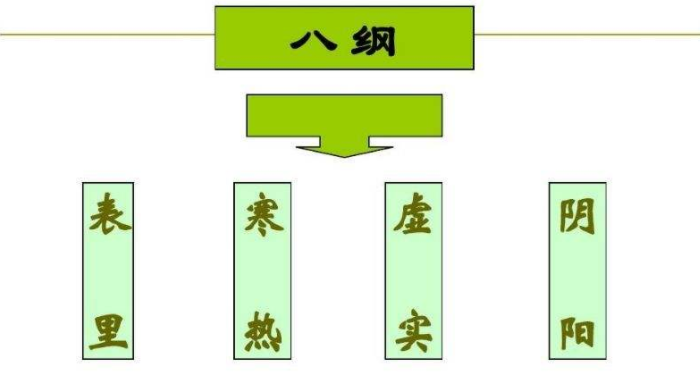|
Exterior and Interior Diagnosis |
|
Cold and Heat Diagnosis |
|
Deficiency and Excess Diagnosis |
|
Yin and Yang Diagnosis |
|
The Interrelationship of the Eight Principles |
The Eight Principles, namely Yin, Yang, Exterior, Interior, Cold, Heat, Deficiency, and Excess, are categories that summarize the nature, location, and dynamics of pathogenic factors based on the data collected from the four diagnostic methods. They are classified into eight basic syndromes: Yin syndrome, Yang syndrome, Exterior syndrome, Interior syndrome, Cold syndrome, Heat syndrome, Deficiency syndrome, and Excess syndrome. The Eight Principles of Diagnosis is a comprehensive diagnostic framework that summarizes the patterns observed in the patient’s overall condition. Any disease can be categorized as either Yin or Yang, as well as classified by its location as Exterior or Interior, by its nature as Cold or Heat, and by the balance of pathogenic and healthy factors as Excess or Deficiency. Despite the complex clinical manifestations of diseases, they can generally be summarized using the Eight Principles to identify the key aspects of the illness and establish treatment principles. Therefore, applying the Eight Principles of Diagnosis can simplify the complexity of clinical practice.


Electronic Textbook
| Internal Medicine | External Medicine | Pediatrics |
| Diagnostics | Obstetrics and Gynecology (8th Edition) | Infectious Diseases |
| Types of Infectious Diseases | Symptoms and Signs | Practical Skills |
| Systemic Anatomy (8th Edition) | Regional Anatomy (8th Edition) | Neurology (9th Edition) |
| Emergency Management | Emergency and Disaster Medicine | Dermatology and Venereology |
Physiology (9th Edition) |
Obstetrics and Gynecology (9th Edition) | |
Basic Nursing Skills for Elderly Care Workers |
||
Guidelines for Elderly Care Practice |
 Traditional Chinese Medicine — Renwei 8th Edition
Traditional Chinese Medicine — Renwei 8th Edition

